
Friday, 14 May 2021
Let’s continue our focus on ensuring that we are doing all we can to create a safe and productive work environment.
What situation causes you the most grief? Are you kidding? Where do I start! Yes we can relate. But what situation do you deal with day after day that is directly related to your health.
Dust. Bags of the stuff.
The sawdust from your first pass with your sander may contain remnants of lead paint and lacquer finishes. And the finer the dust the greater the health implications are. Dust particles smaller than 10 microns (a human hair is approximately 100 microns) can bed into the tissues of your lungs and perhaps never leave. Many of the species of wood floors we sand are known to be carcinogenic. Obviously every effort needs to be made to minimize our exposure. Not only are we concerned about the physical dangers of exposing ourselves to sanding dust but in certain situations fine dust has been known to spontaneously combust.
How do we combat this problem?
The first step is simple: make sure that dust from the sander is contained. If you still use the cloth dust bag connected to your sander, make sure it is tightly fastened to the neck of your machine that the zipper is completely closed and there are no holes in the bag. Keep in mind that as the bag fills the total filter area is shrinking, meaning more dust is escaping the bag and is back into the air. To maximize the dust control empty the dust bag often.
If you have transitioned to a dust collection system, congratulations! You have taken a step to a cleaner job site and healthier work conditions. Hoses should be statically grounded, durable, and sealed airtight throughout their entire length. Your dustbin should be located far from the work area and should have a system in place that lets you tie off the liner bags for simple, mess-free, disposal.
Next to keep dust from being airborne choose to use vacuums with certified HEPA filtration. Non-HEPA vacuums, are not as efficient and will often leave you cleaning up (or worse, breathing in) the fine dust. To learn more about dust and its impact on your health, please read the CCOHS article.
A real craftsman looks for ways to work safe and provide an elevated service the home owner will appreciate. We hope your continued efforts to control the bags of dust you collect will help reduce anxiety and result in a healthy you.
Feel free to contact us to learn more about our Finitec Expert waterborne finishes or to speak with one of our expert at 1.888.838.4449!
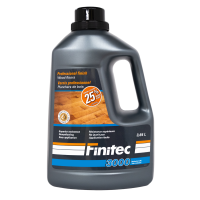 Finitec 3000
Finitec 3000 Finitec 6000
Finitec 6000 Finitec 9000
Finitec 9000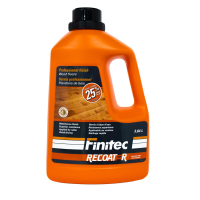 Finitec Recoater
Finitec Recoater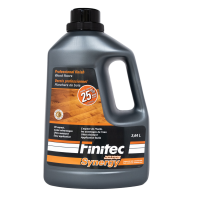 Finitec Synergy
Finitec Synergy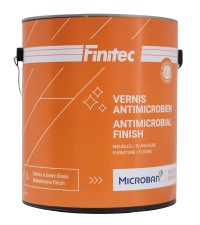 Microban antimicrobial finish
Microban antimicrobial finish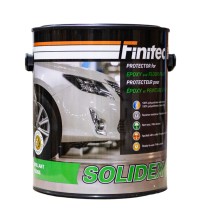 Solidex
Solidex Finitec 3000
Finitec 3000 Finitec 6000
Finitec 6000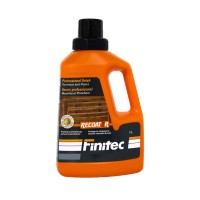 Finitec Recoater
Finitec Recoater Finitec Synergy
Finitec Synergy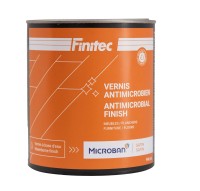 Microban antimicrobial finish
Microban antimicrobial finish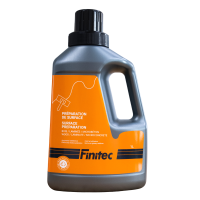 Surface Preparation
Surface Preparation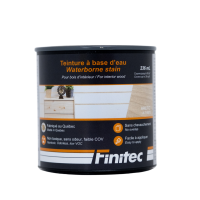 Water based stain
Water based stain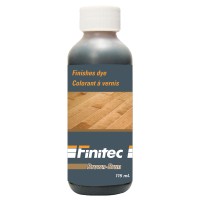 Woodfloor Finish Dye
Woodfloor Finish Dye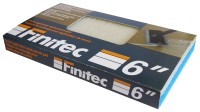 Applicator refills
Applicator refills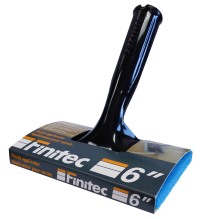 Finish applicator
Finish applicator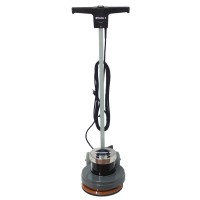 Finitec Sanding Machine
Finitec Sanding Machine Complete care system for wood and laminate floors
Complete care system for wood and laminate floors Laminate wood floral breeze floor cleaner 3.78L
Laminate wood floral breeze floor cleaner 3.78L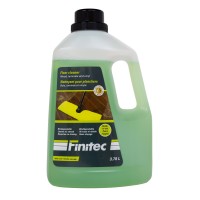 Laminate wood mint floor cleaner 3.78L
Laminate wood mint floor cleaner 3.78L Ultra concentrated cleaner for wood and laminate floor maintenance
Ultra concentrated cleaner for wood and laminate floor maintenance Wood and laminate floor cleaner
Wood and laminate floor cleaner Ceramic joints cleaner
Ceramic joints cleaner Cleaner for ceramic floors
Cleaner for ceramic floors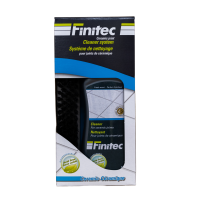 Complete care system for ceramic joints
Complete care system for ceramic joints Ultra concentrated cleaner for ceramic floors
Ultra concentrated cleaner for ceramic floors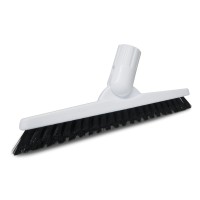 Ceramic joints cleaning brush
Ceramic joints cleaning brush Reversible replacement mop cover
Reversible replacement mop cover Velcro replacement mop cover
Velcro replacement mop cover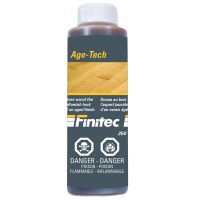 Age-Tech
Age-Tech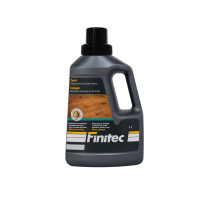 Tonic vinyl, ceramic, wood and laminates floors
Tonic vinyl, ceramic, wood and laminates floors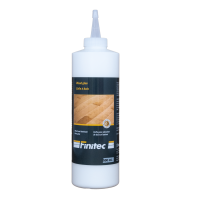 Wood glue
Wood glue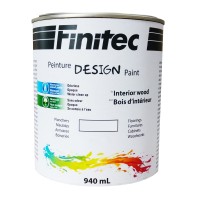 DESIGN Paint
DESIGN Paint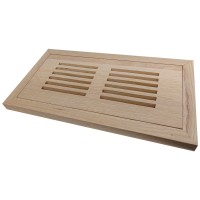 Flush mount
Flush mount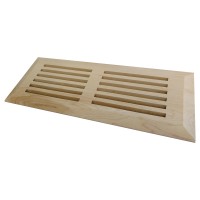 Top mount
Top mount MicroConcrete
MicroConcrete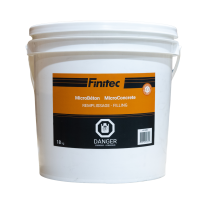 MicroConcrete filling
MicroConcrete filling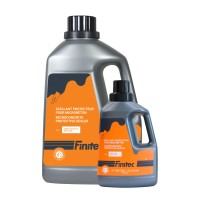 MicroConcrete sealer
MicroConcrete sealer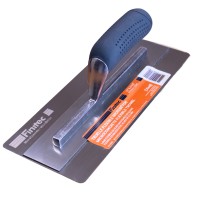 MicroConcrete Flexible Trowel
MicroConcrete Flexible Trowel 17 in Pad_thick
17 in Pad_thick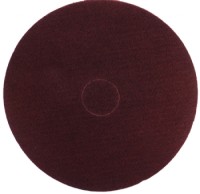 17 in Pad_thin
17 in Pad_thin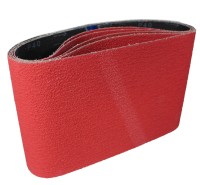 Ceramic abrasive belt
Ceramic abrasive belt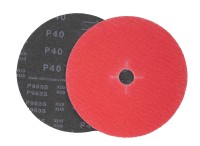 Ceramic edger disc
Ceramic edger disc PSA adhesive roll
PSA adhesive roll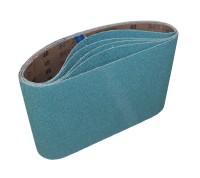 Zirconium abrasive belt
Zirconium abrasive belt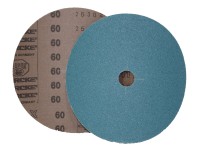 Zirconium edger disc
Zirconium edger disc EX-1
EX-1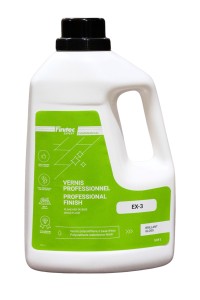 EX-3
EX-3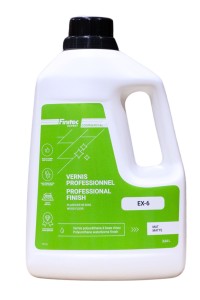 EX-6
EX-6 EX-DUO+
EX-DUO+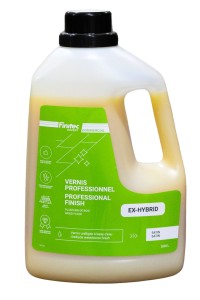 EX-HYBRID
EX-HYBRID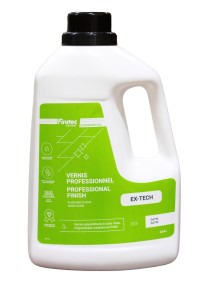 EX-TECH
EX-TECH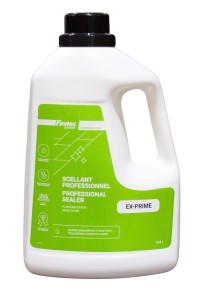 EX-PRIME
EX-PRIME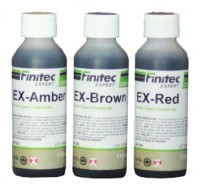 Finish dye
Finish dye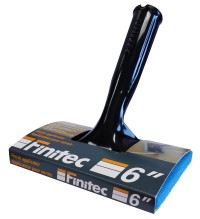 Finish applicator
Finish applicator Finish applicator (T-bar)
Finish applicator (T-bar)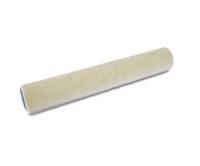 Replacement finish applicator (T-bar)
Replacement finish applicator (T-bar)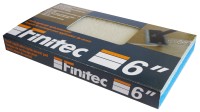 Replacement pad finish applicator
Replacement pad finish applicator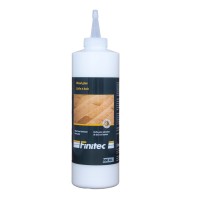 Wood glue
Wood glue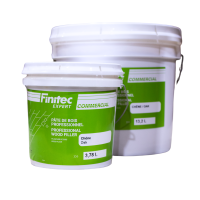 Wood patch
Wood patch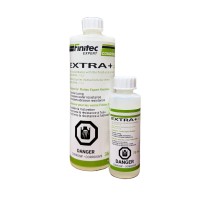 EXTRA+
EXTRA+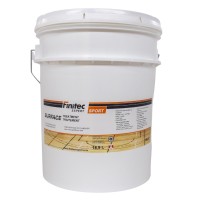 SURFACE Treatment
SURFACE Treatment SURFACE Care
SURFACE Care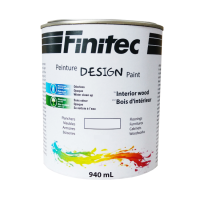 DESIGN paint / SURFACE Color
DESIGN paint / SURFACE Color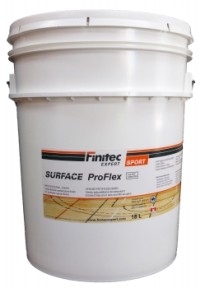 PROFLEX SURFACE sealer
PROFLEX SURFACE sealer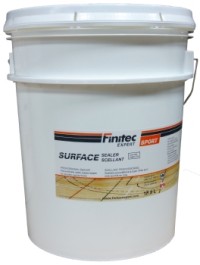 SURFACE Sealer
SURFACE Sealer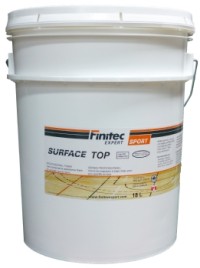 TOP SURFACE finish
TOP SURFACE finish Industrial lacquer
Industrial lacquer